In our fast-paced modern lives, finding places that encourage unhurried exploration and quiet contemplation has become increasingly valuable. Some cities seem designed specifically for wanderers—those travelers who prefer to move without rigid itineraries, allowing serendipity to guide their discoveries.
These destinations offer a combination of pedestrian-friendly infrastructure, abundant green spaces, architectural harmony, and a cultural appreciation for leisure that creates the perfect environment for daydreamers to explore at their own pace. Here is a list of 15 cities around the world that invite visitors to slow down, wander, and discover the joy of getting pleasantly lost.
Kyoto, Japan

The former imperial capital maintains an atmosphere of contemplative beauty through its 1,600 Buddhist temples, 400 Shinto shrines, and meticulously designed gardens. The Philosopher’s Path alongside a cherry-tree-lined canal creates a natural wandering route connecting several temples while the bamboo groves of Arashiyama rustle soothingly in the breeze.
Machiya townhouses converted to cafes offer respite for tired feet, serving seasonal wagashi sweets alongside green tea. The city enforces strict building height restrictions that preserve mountain views and traditional architecture, creating harmonious streetscapes that encourage mindful walking rather than rushed sightseeing.
The cultural concept of yugen—a profound awareness of the universe—seems embedded in the very layout of the city’s contemplative spaces.
Ljubljana, Slovenia
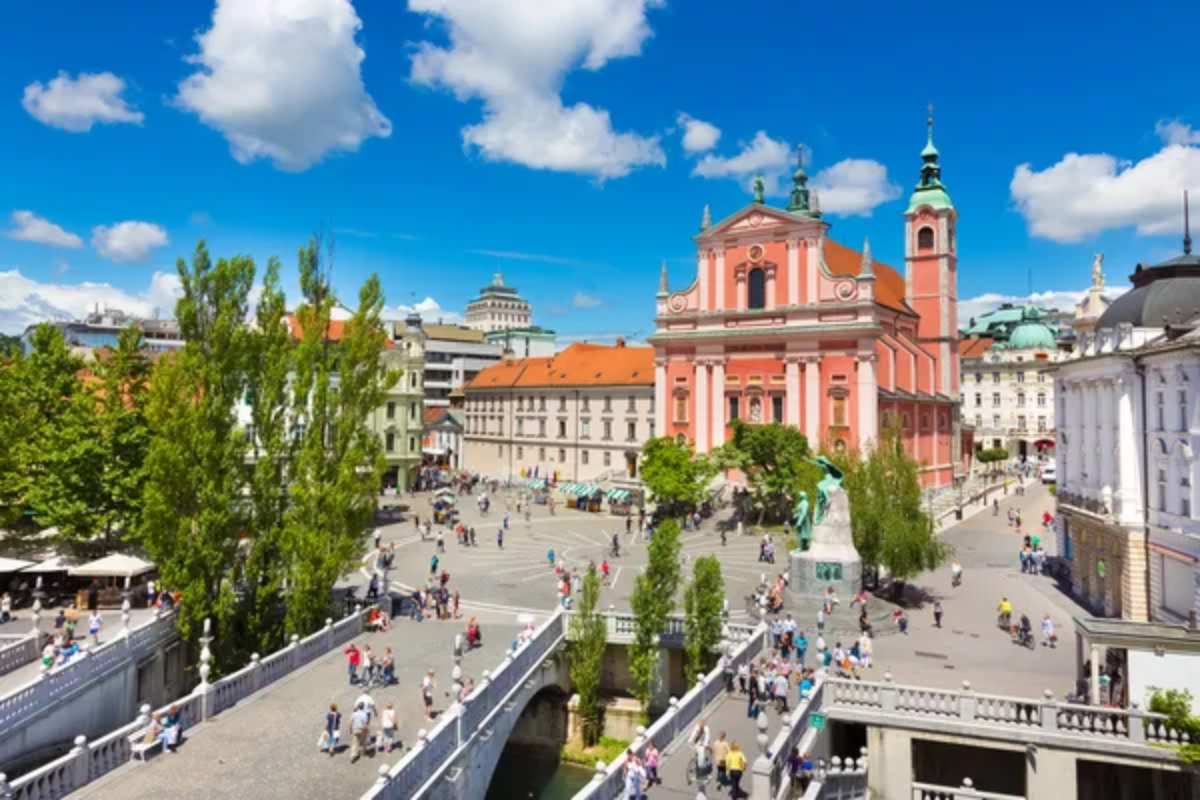
This compact European capital has transformed its city center into one of Europe’s largest car-free zones, creating a pedestrian paradise along the willow-lined Ljubljanica River. Renaissance, Baroque, and Art Nouveau buildings painted in pastel hues create a fairy-tale atmosphere, while abundant bridges invite crossings to discover new neighborhoods.
The city’s modest size means wanderers quickly move between architectural styles and historical periods without exhausting themselves. Local cafes embrace the concept of slow coffee, with outdoor seating regardless of season, thanks to thoughtfully placed heaters and blankets in cooler months.
The city’s name derives from the Slovenian word for ‘beloved,’ an appropriate moniker for a place that inspires affection through its human-scaled design.
Like Travel Pug’s content? Follow us on MSN.
Fez, Morocco
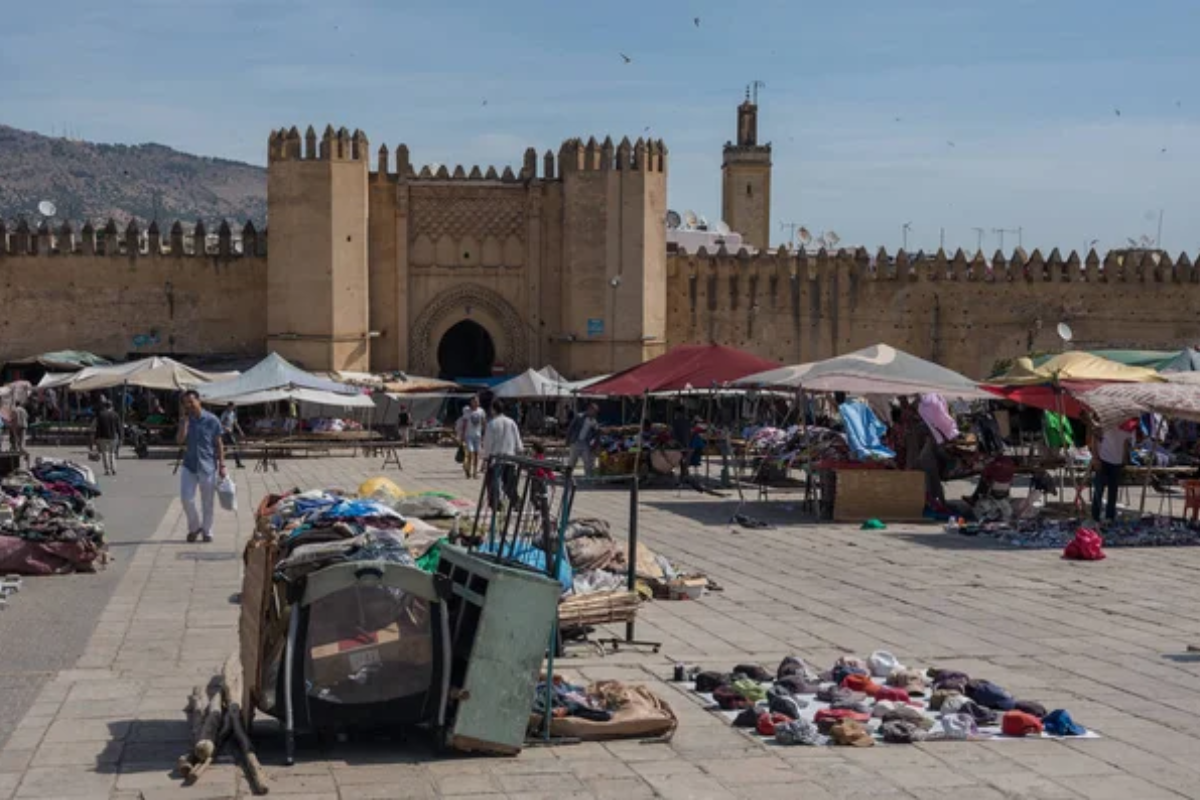
The world’s largest car-free urban area, Fez el-Bali, contains over 9,000 narrow alleyways that have remained largely unchanged since medieval times. Getting lost in this ancient medina becomes the point rather than a problem, with each wrong turn revealing hidden workshops, unexpected courtyards, or forgotten fountains.
The absence of vehicles creates a soundscape dominated by human voices, flowing water, and the call to prayer. Rooftop terraces offer opportunities to pause and orient yourself with views across the distinctive green-tiled roofs toward distant mountains.
The city operates on its temporal rhythm, with businesses closing for prayers and meals, encouraging visitors to adopt a similar respect for natural pauses in the day’s activities.
Ghent, Belgium

This Flemish city combines the architectural splendor of Bruges with a living, breathing university town atmosphere less overwhelmed by tourism. The pedestrianized historic center features three grand medieval towers overlooking a network of canals and cobblestone streets that beg for aimless wandering.
The city’s commitment to sustainable transportation includes an innovative network of bicycle highways and car-free zones that prioritize pedestrians. Cozy brown cafes serve hundreds of Belgian beers alongside hearty local cuisine, providing perfect spots to rest and people-watch between explorations.
The city comes alive at night through a thoughtful lighting plan that illuminates historical buildings while maintaining the intimate atmosphere that makes daytime wandering so pleasant.
Luang Prabang, Laos
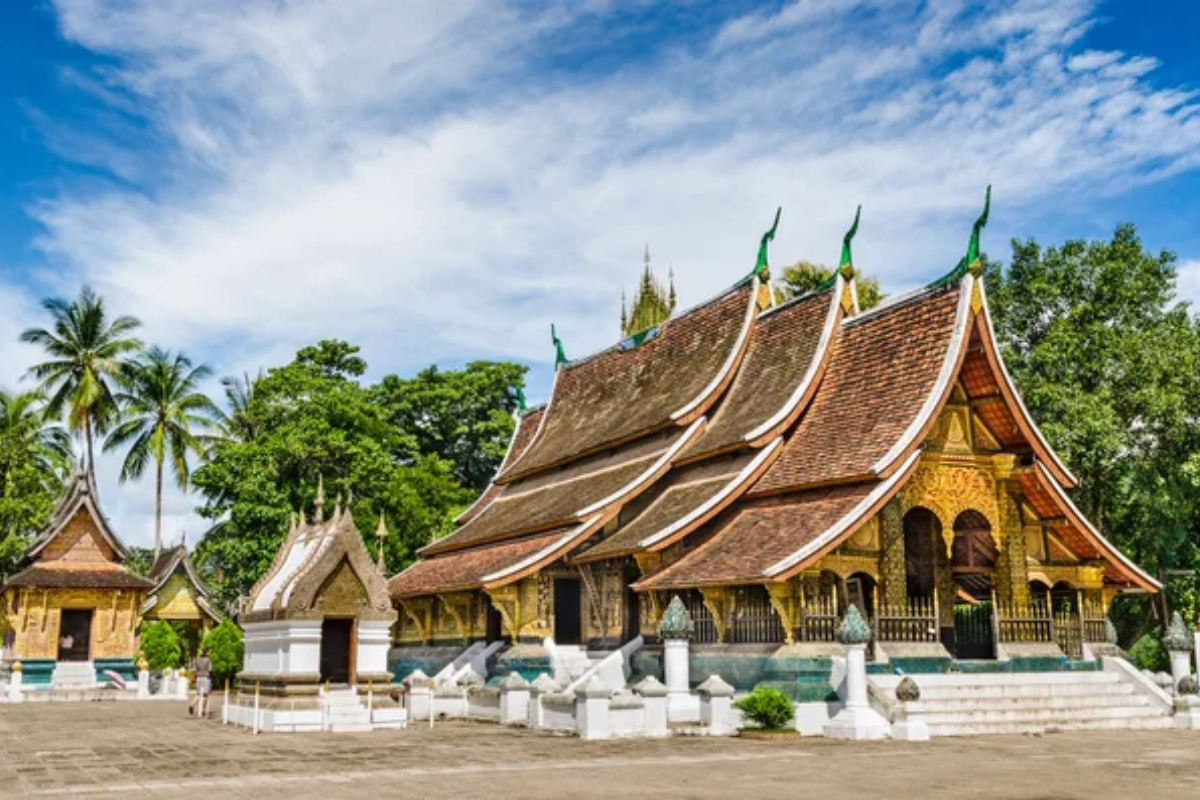
Nestled between the Mekong and Nam Khan rivers, this UNESCO World Heritage town blends French colonial architecture with traditional Lao wooden houses and golden-spired temples. The peninsula setting creates natural boundaries for wandering, while the modest scale means no destination feels too far to reach on foot.
Morning alms ceremonies with orange-robed monks create a contemplative start to each day, establishing a peaceful rhythm that continues with riverside strolls and visits to temples set amid frangipani trees. The night market unfolds nightly along the main street without the aggressive hawking found elsewhere, allowing browsers to move at their own pace.
The surrounding mountains create a natural amphitheater that seems to amplify the tranquility of this exceptionally small city.
Like Travel Pug’s content? Follow us on MSN.
Galway, Ireland
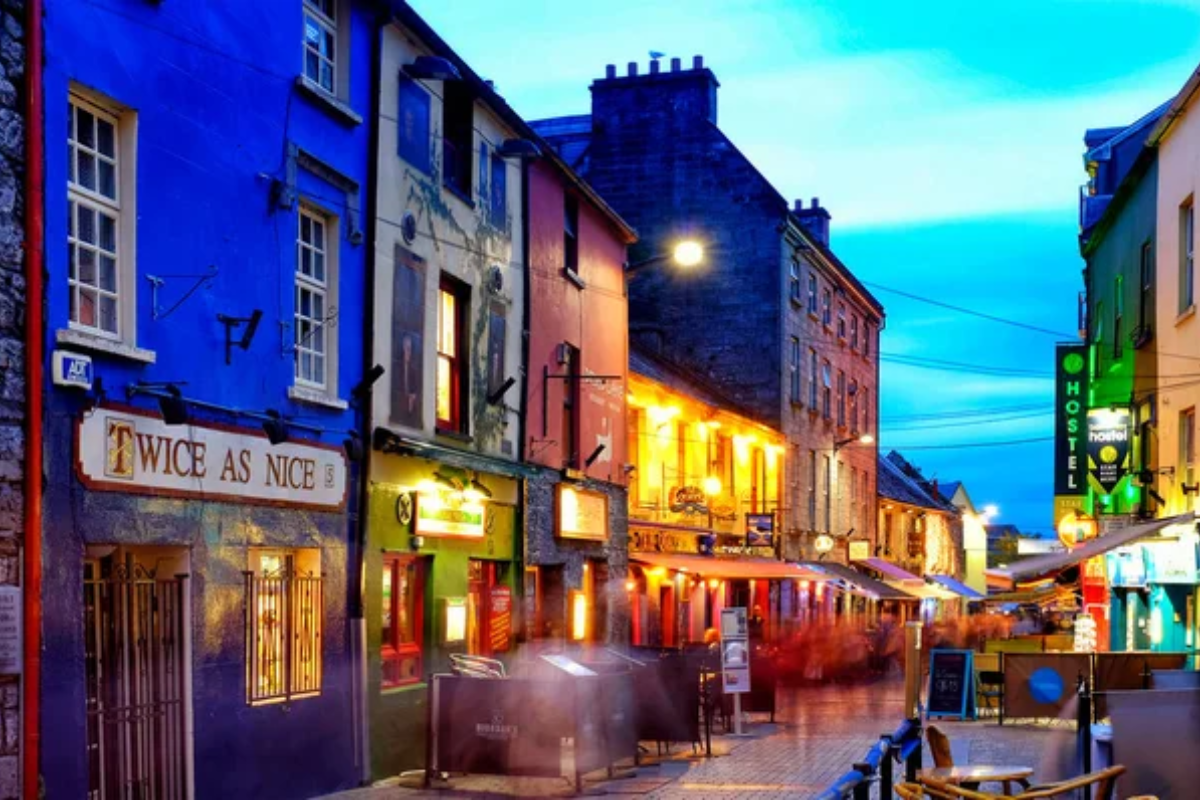
This western Irish harbor city combines colorful shopfronts and medieval streets with the artistic energy of a university town and the wild beauty of the Atlantic coast. The compact city center features pedestrianized streets where buskers create an ever-changing soundtrack for wanderers moving between centuries-old pubs, artisanal shops, and the rushing Corrib River.
Local tradition encourages the ‘westward gaze’—taking time to contemplate the dramatic sunsets over Galway Bay. The city’s markets and festivals occur year-round regardless of the famously changeable weather, creating a resilient outdoor culture that embraces Ireland’s elements rather than hiding from them.
The proximity to the rugged Connemara landscape means even urban walks can quickly transition to wild coastal paths.
Bologna, Italy
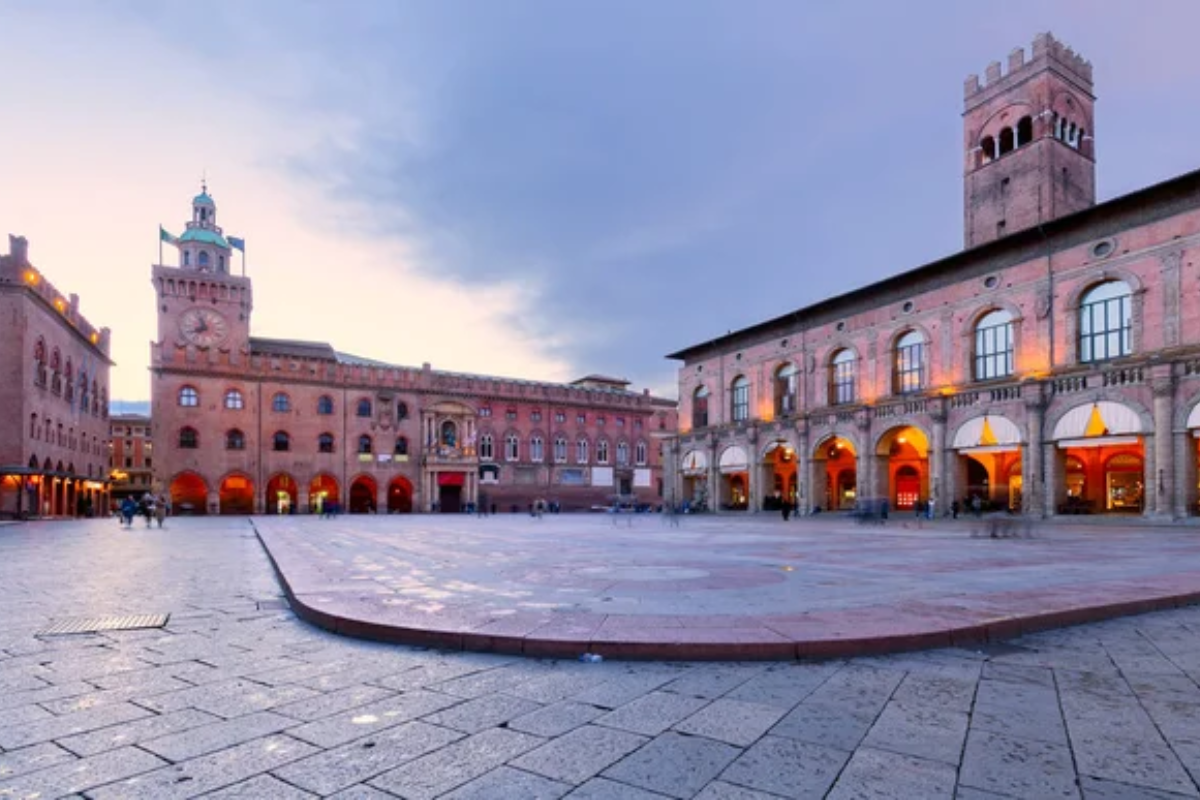
Often overlooked in favor of more famous Italian destinations, this medieval university city offers 25 miles of porticoed walkways that provide shelter from both sun and rain while encouraging year-round wandering. The distinctive terracotta coloring of buildings creates a warm visual harmony throughout the historic center, while hidden canals occasionally emerge between buildings as reminders of the city’s past water network.
The oldest continuously operating university in Europe fuels a youthful energy and affordable cafe culture alongside magnificent medieval architecture. The compact city center contains unexpected green spaces and piazzas that appear around corners, providing natural places to pause and absorb the atmosphere.
The city’s culinary tradition as Italy’s food capital means wanderers can refuel with extraordinary quality at modest prices.
Chefchaouen, Morocco
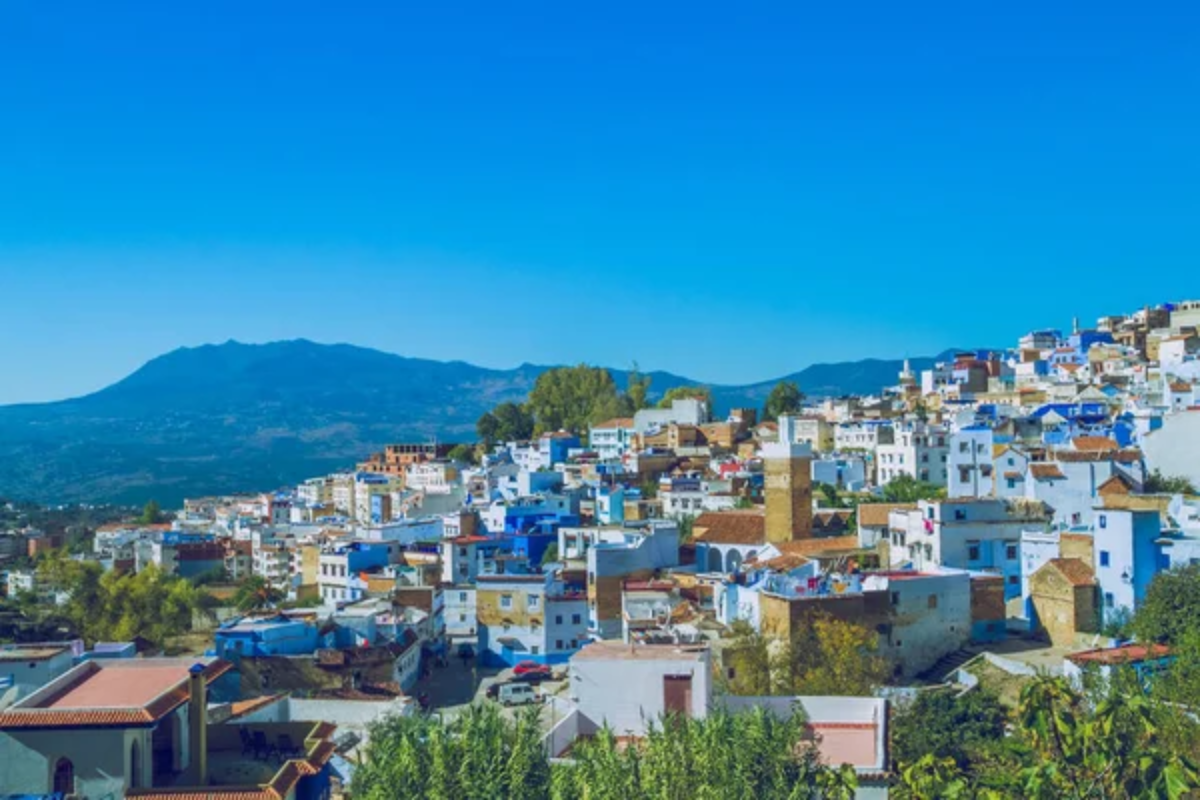
The distinctive blue-washed buildings of this mountain town create an otherworldly atmosphere that seems designed specifically for dreamers and photographers. Narrow lanes wind uphill through neighborhoods where every doorway, staircase, and flowerpot continues the mesmerizing blue theme in varying shades.
The medina’s modest size prevents the overwhelming feeling sometimes experienced in larger Moroccan cities, while the surrounding Rif Mountains provide dramatic backdrops and hiking opportunities. Local cats stretch languidly across blue stairways, and children play in small squares, creating a lived-in atmosphere despite the seemingly stylized color palette.
The higher elevation creates a more temperate climate than Morocco’s imperial cities, making extended wandering comfortable throughout much of the year.
Like Travel Pug’s content? Follow us on MSN.
Hoi An, Vietnam
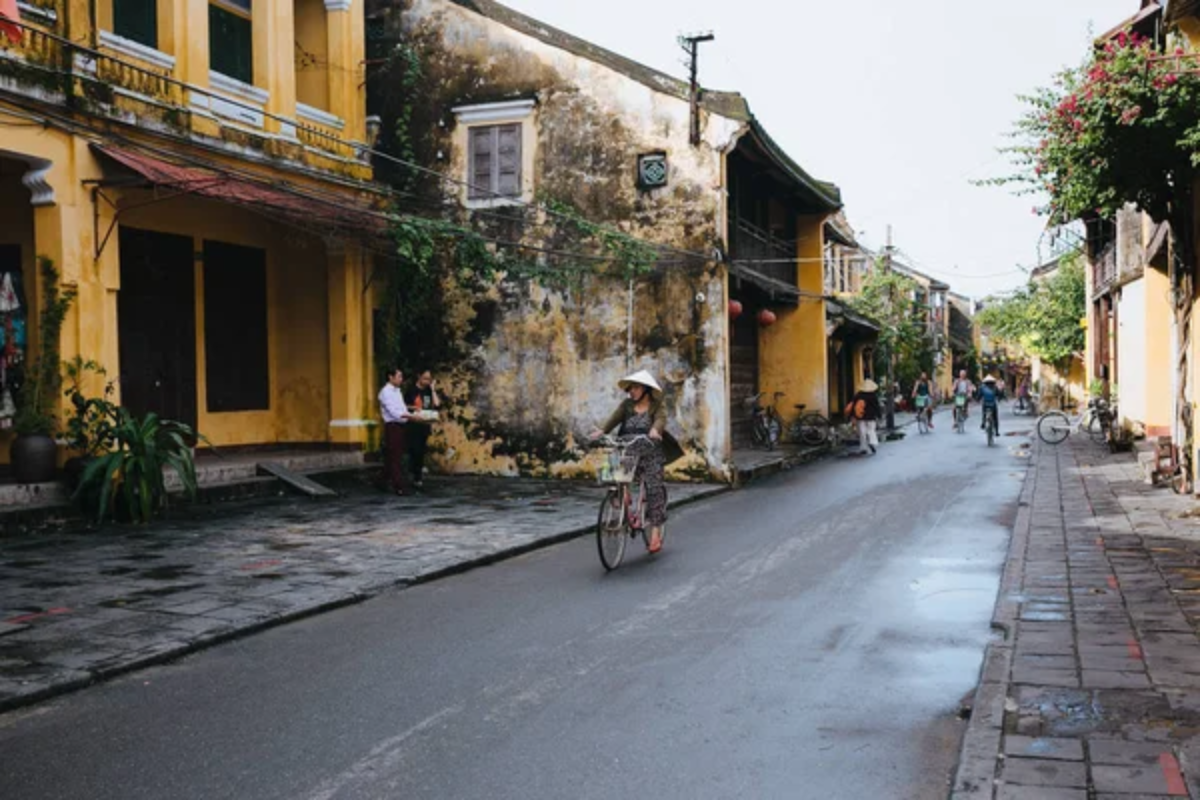
This exceptionally preserved trading port combines Vietnamese, Chinese, Japanese, and European architectural influences along pedestrianized streets and waterways lined with colorful lanterns. The UNESCO-protected Ancient Town bans vehicles during specific hours, allowing visitors to wander freely between tailor shops, restaurants, and Chinese clan houses without traffic concerns.
The Thu Bon River creates a natural pathway through town, with bridges connecting different neighborhoods and boats offering alternative perspectives. Monthly lantern festivals transform the already atmospheric streets into magical landscapes of colored light reflecting off the water.
The surrounding countryside of rice paddies and vegetable gardens provides easy cycling excursions when urban wandering has satisfied the soul.
Edinburgh, Scotland
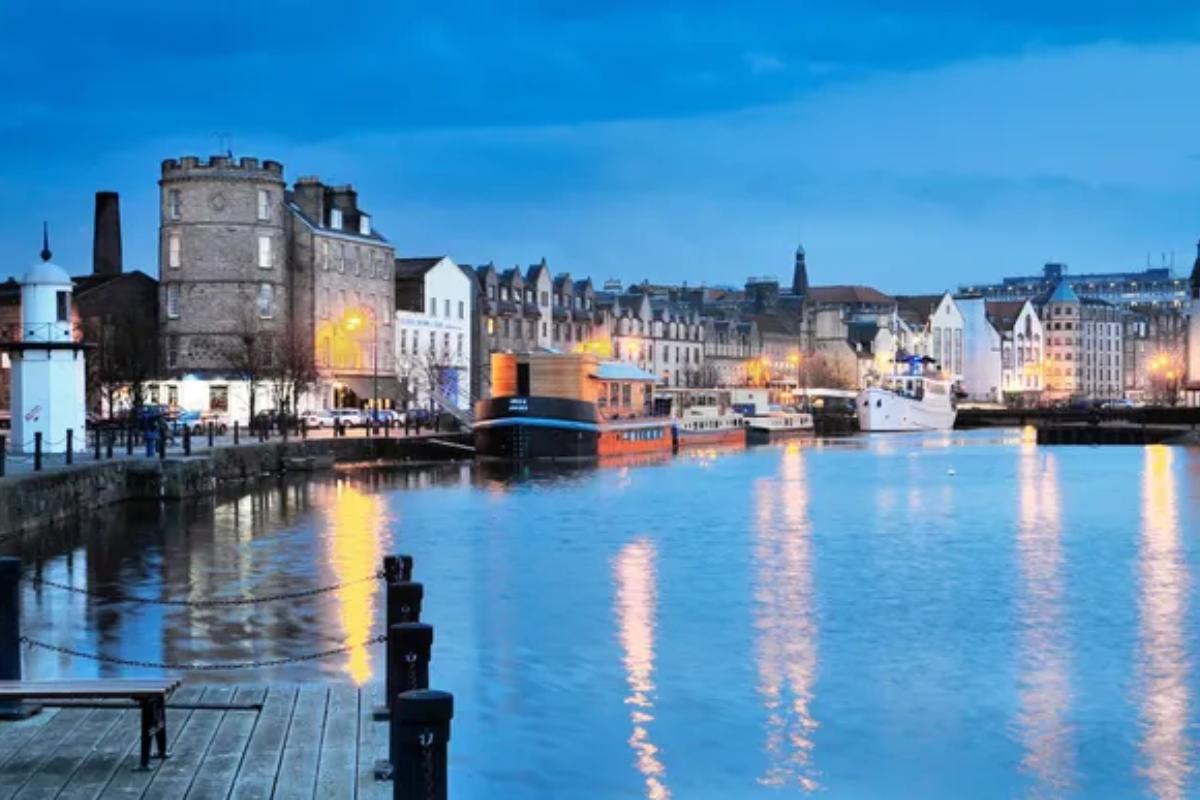
The dramatic topography of Scotland’s capital creates multiple levels for exploration, with the medieval Royal Mile running downhill from the castle to Holyrood Palace. The compact Old Town features close (narrow passageways) and wynds that create vertical shortcuts between streets, rewarding curious explorers with hidden gardens and unexpected viewpoints.
The adjacent Georgian New Town provides a complete contrast with its ordered grid of elegant townhouses and private garden squares occasionally open to visitors. The city’s seven hills offer natural destinations for urban hikes, with Arthur’s Seat providing an almost wilderness experience just minutes from downtown.
Literary connections to authors from Robert Louis Stevenson to J.K. Rowling add layers of storytelling to physical wanderings through a city that sparked their imaginations.
Porto, Portugal
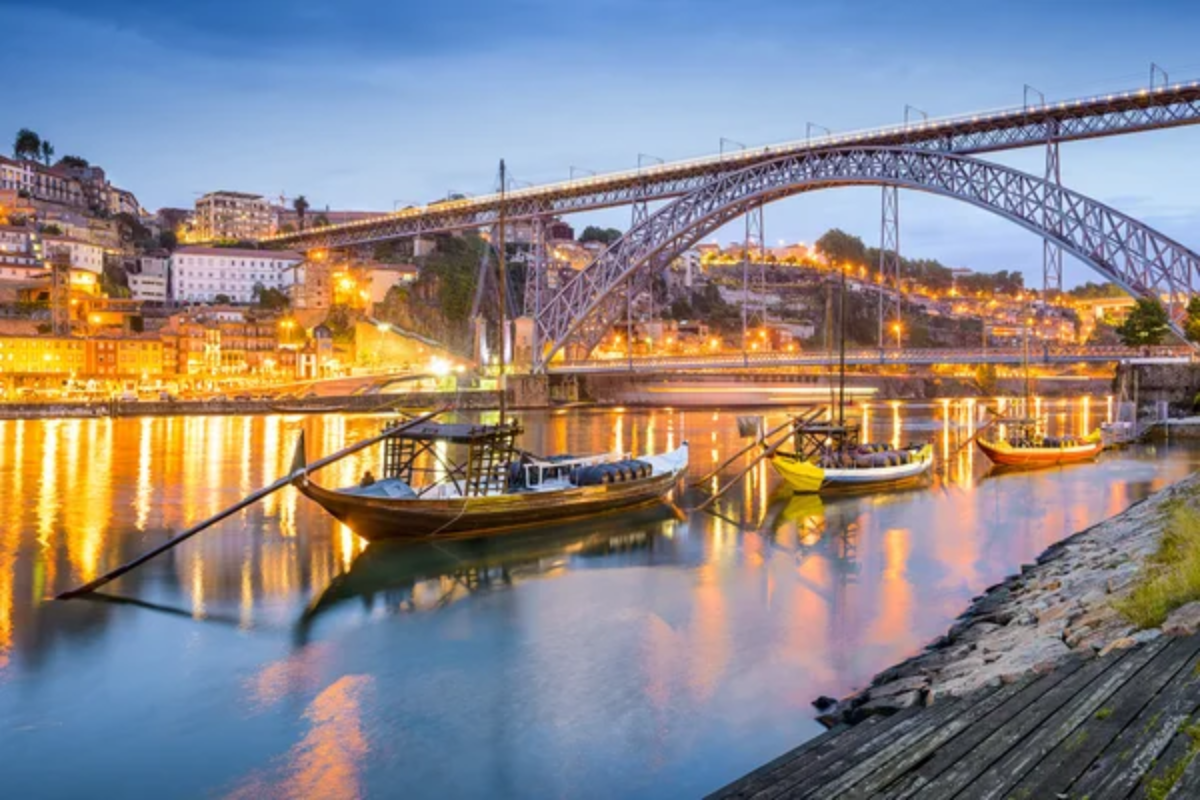
The dramatic hillside setting of Portugal’s second city creates a three-dimensional wandering experience, with staircases and alleyways revealing new perspectives of the terracotta roofscape and the Douro River below. Medieval neighborhoods like Ribeira feature buildings draped in azulejo tiles and laundry lines, creating lived-in streetscapes that feel like walking through a living painting.
The city’s famous six bridges connect Porto to Vila Nova de Gaia, where port wine cellars offer tastings to fortify walkers tackling the city’s considerable slopes. Unexpected Belle Époque gems like Livraria Lello bookshop appear among medieval structures, while contemporary architecture adds thoughtful, modern touches to the historic fabric.
The Atlantic coast lies just a short tram ride away when urban wandering needs a seaside complement.
Like Travel Pug’s content? Follow us on MSN.
Antigua, Guatemala

Surrounded by three volcanoes, this former Spanish colonial capital combines colorful one-story buildings with impressive ruins of earthquake-damaged churches, creating fascinating juxtapositions along cobblestone streets. The grid layout provides orientation for wanderers, while buildings painted in vibrant yellows, blues, and terracottas create visual delight around every corner.
The Central Park serves as a natural gathering place where travelers and locals alike pause to observe daily life unfolding against 16th-century architecture. Low-key coffee shops showcase Guatemala’s exceptional beans while providing rest stops between explorations of the city’s many convents, monasteries, and churches in various states of restoration.
The mountain setting creates dramatic lighting conditions that transform the appearance of streets throughout the day.
Salzburg, Austria
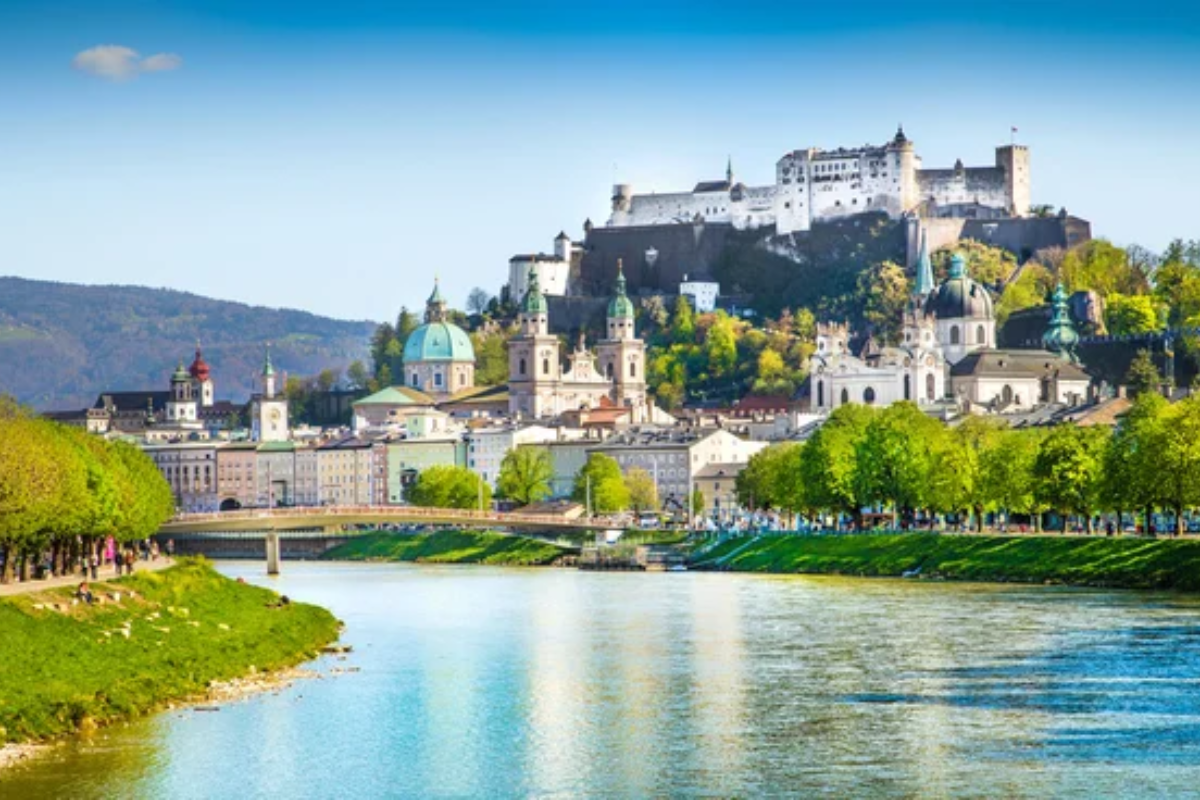
The birthplace of Mozart maintains a musical quality in its physical form – the Baroque architecture creates harmonious streetscapes while the Salzach River provides a natural pathway through the UNESCO-listed Old Town. The looming Hohensalzburg Fortress provides both an orientation point and a destination for wanderers exploring the pedestrianized streets below.
Meticulously maintained gardens like Mirabell offer green respite from urban exploration, with carefully framed views toward the medieval center and surrounding Alpine landscape. Hidden passageways like the Steingasse reveal a quieter neighborhood character away from the more famous Getreidegasse shopping street.
The city’s embracing of its musical heritage creates an atmosphere where taking time to appreciate beauty feels culturally endorsed rather than indulgent.
San Cristóbal de las Casas, Mexico
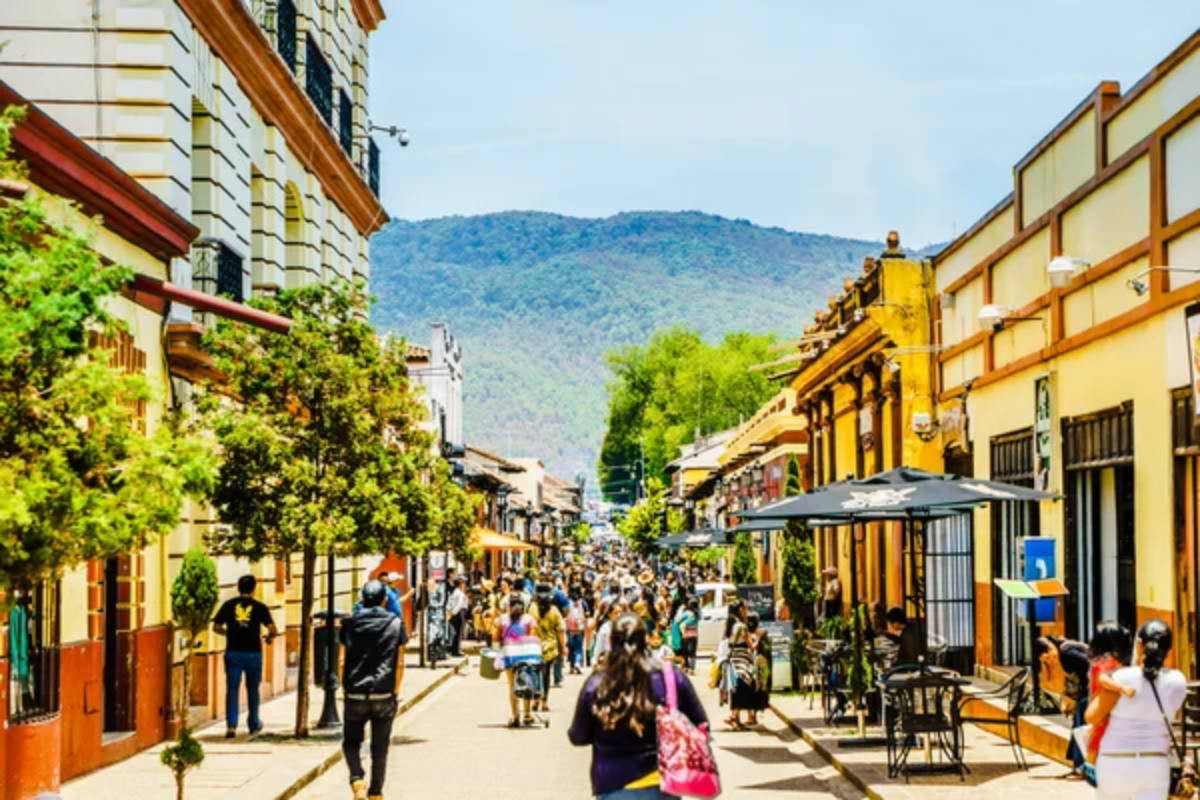
This highland colonial city in Chiapas combines colorful low-rise Spanish architecture with Indigenous Maya influence, creating distinctive neighborhoods connected by pedestrian-friendly cities. The high mountain setting at 7,200 feet creates a perpetual spring-like climate perfect for walking, while wisps of cloud frequently drift through streets, adding atmospheric effect.
Traditional craft markets showcase textiles and wood carvings from surrounding villages, while cafes serve locally grown coffee from nearby plantations. The modest scale of the historic center means destinations never feel too far apart while surrounding hills offer viewpoints over the distinctive red-tiled roofscape.
The strong indigenous presence adds cultural layers to physical wandering, with traditional dress and languages mixing with colonial Spanish heritage.
Like Travel Pug’s content? Follow us on MSN.
Udaipur, India
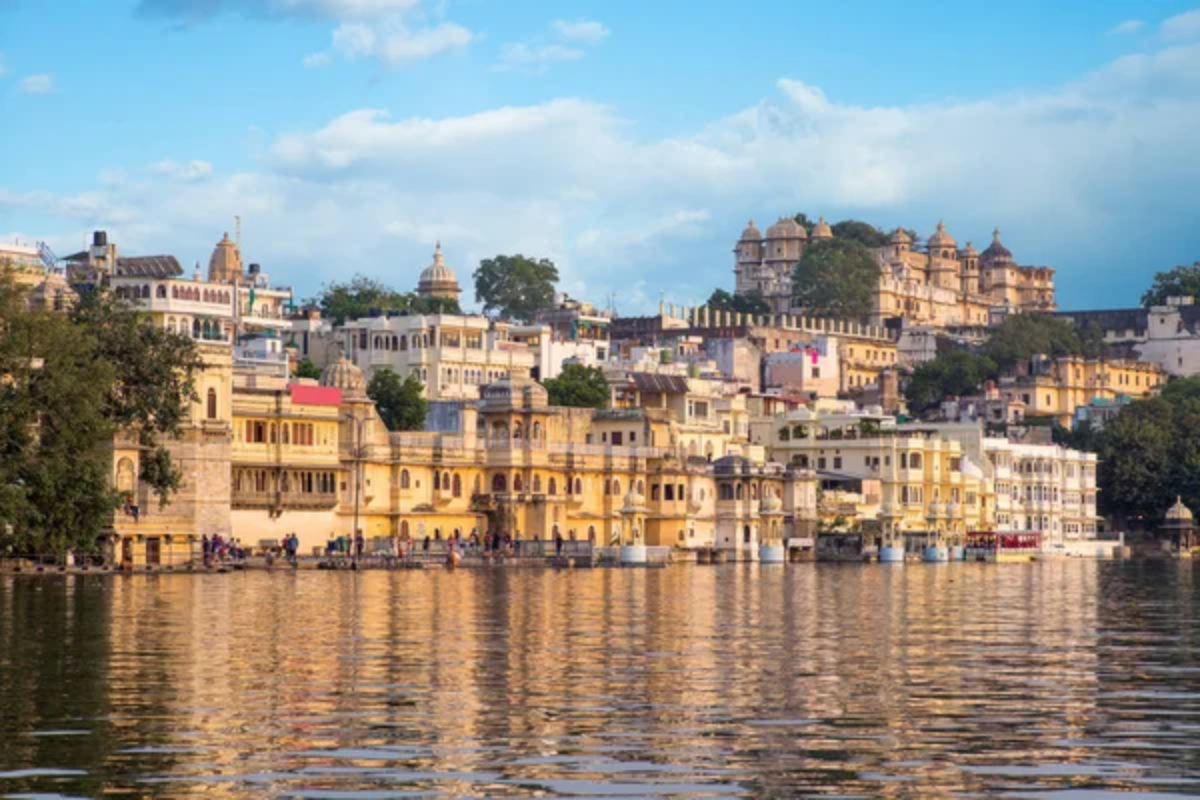
Often called the Venice of the East, this Rajasthani city surrounds Lake Pichola with white marble palaces, ghats (riverside steps), and havelis (mansions) connected by a network of narrow lanes ideal for wandering. The City Palace complex provides an elevated perspective over the lake and distant Aravalli Hills, while down at water level, wanderers discover temples and shrines tucked between residential buildings.
Rooftop restaurants offer places to pause while watching the sunset transform the cream-colored buildings to gold. The city maintains a more relaxed atmosphere than Rajasthan’s larger cities, with cows ambling unhurriedly through lanes alongside sari-clad women carrying water vessels.
The surrounding countryside features additional lakes, creating multiple reflective surfaces that double the visual splendor of architectural landmarks.
The Wanderer’s Way Forward
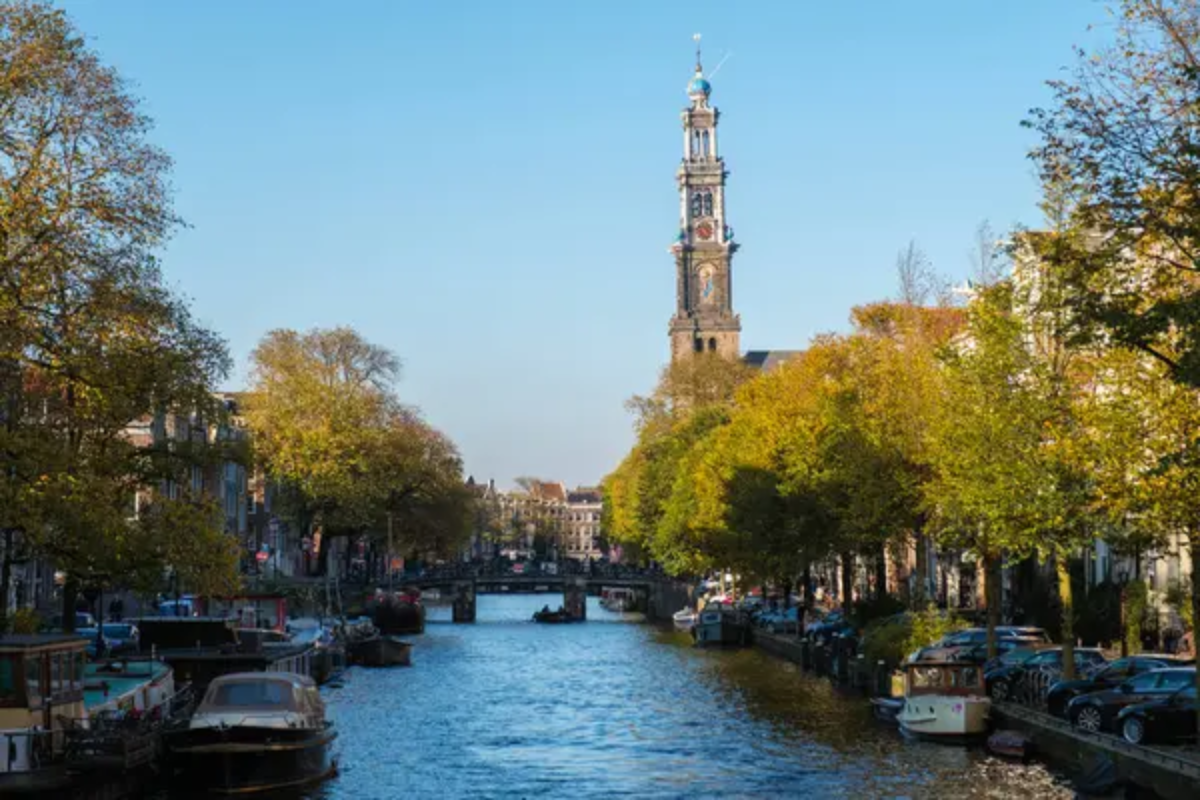
These cities share certain qualities despite their geographical and cultural diversity – human-scaled architecture, pedestrian priority, visual harmony, and cultural appreciation for leisure and contemplation. They remind us that some places still encourage us to move through the world without rigid schedules or productivity goals – to simply be present and aware as we allow our feet and curiosity to guide us.
For the world’s daydreamers, these destinations offer permission to wander without purpose except the joy of discovery itself.
More from Travel Pug

- Cities Growing so Fast You Won’t Recognize Them in 10 Years
- 13 Destinations Where Tourists Regularly Regret Their Trip
- 20 Obscure WWII Sites Even History Buffs Don’t Know About
- 10 Under-the-Radar Mountain Towns That Are Both Affordable and Beautiful
- Remote Villages in Europe Where You Can Live for Free in Exchange for Work
Like Travel Pug’s content? Follow us on MSN.
